Remember the Best Moments in World Tennis
World tennis has gifted us with unforgettable moments that have transformed athletes into legends and matches into chapters of sports history.
Ad
Over the decades, we have witnessed confrontations that transcended the limits of the court and became part of popular culture.
From impressive comebacks to impossible shots, the sport of the racket has built a legacy rich in emotions.
Today, we will remember the most iconic moments that have made tennis a global passion, connecting generations through epic rivalries and extraordinary performances that remain alive in the memory of fans.
Epic Grand Slam Finals
Tennis reaches its dramatic peak in Grand Slam finals, where pressure and expectations turn athletes into true legends on the court.
The 2008 Wimbledon final between Federer and Nadal remains the gold standard of epic matches, with nearly five hours of rain-interrupted play.
The 2019 US Open brought Medvedev and Nadal in a five-set final that left the New York crowd completely ecstatic with the athletes’ resilience.
The almost six-hour marathon between Djokovic and Nadal in the 2012 Australian Open final pushed the limits of what we considered possible in a tennis match.
Women’s finals have also delivered unforgettable spectacles, such as the clash between Serena Williams and Venus Williams at Wimbledon 2009, where the family bond made each point even more emotionally charged.
The match between Clijsters and Li Na at the 2011 Australian Open stood out for the demonstration of resilience and determination by the athletes.
Roland Garros has gifted us with memorable finals, especially Schiavone’s incredible comeback against Stosur in 2010, when the Italian won her only Grand Slam title at the age of 30.
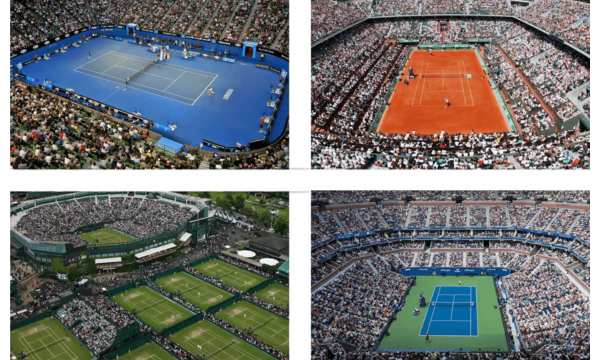
Grand-Slam-courts-(Source-Google)
Duels that Defined Tennis Rivalries
Federer, Nadal, and Djokovic have formed the most extraordinary triangle in the sport, with each confrontation adding a new chapter to this story of technical excellence and overcoming.
The stylistic contrast between Federer’s elegant tennis and Nadal’s physical power created one of the greatest sports antagonisms of all time. Djokovic’s mental consistency against both established a new paradigm of resilience in high-performance sports.
In the women’s circuit, Serena Williams and Maria Sharapova starred in confrontations marked by intensity on and off the courts, although unbalanced in results.
Chris Evert and Martina Navratilova played 80 matches between 1973 and 1988, defining an entire era of women’s sports with diametrically opposed styles.
Impressive Feats that Entered History
Tennis has records and achievements that challenge human understanding of the limits of sports excellence.
Rafael Nadal turned Roland Garros into his personal backyard, winning 14 titles in Paris with dominance never seen in any other Grand Slam.
Roger Federer redefined longevity in the sport by winning Wimbledon for the eighth time at 35, becoming the oldest champion of the modern era.
Novak Djokovic completed the “Golden Masters” in 2018, becoming the only player to win all nine Masters 1000 tournaments.
In the women’s game, Margaret Court accumulated 24 Grand Slam singles titles, a record that remains intact despite Serena Williams’ attempts to match it.
Steffi Graf achieved the Golden Slam in 1988, winning all four majors and the Olympic gold in the same year, a feat never repeated individually.
Martina Navratilova redefined excellence by winning 167 singles titles and 177 doubles titles during her extensive career.
Impossible Comebacks that Stayed in Memory
Novak Djokovic staged one of the greatest comebacks in history by saving two match points against Federer in the 2019 Wimbledon final, turning the match in the super tie-break of the fifth set.
Gaël Monfils surprised the world by reversing a 6-0, 5-1, 40-0 score against Viktor Troicki in 2010, saving five consecutive match points.
Kim Clijsters returned to tennis after having a child and immediately won the 2009 US Open, completing one of the greatest comeback stories in sports.
Andy Murray demonstrated incredible resilience by coming back against Yoshihito Nishioka at the 2020 US Open, winning after hip surgery.
Serena Williams staged an epic comeback against Victoria Azarenka in the 2012 US Open final, recovering from a disastrous first set to win her 15th Grand Slam.
Jennifer Capriati made history by saving four match points against Martina Hingis in the 2002 Australian Open final.
Tennis Shots that Defied Logic
Roger Federer elevated the between-the-legs (tweener) shot to an art form, with his most memorable shot against Novak Djokovic in the 2009 US Open semifinals.
Dustin Brown executed acrobatic returns that combined power and precision in his historic victory over Rafael Nadal at Wimbledon 2015.
Gaël Monfils turned desperate defenses into works of athletic art, with dives and contortions seemingly impossible for an athlete of his stature.
Pete Sampras’ jumping smash became a signature that combined power and elegance, often executed at crucial moments in matches.
Rafael Nadal made the running passing shot his characteristic move, turning defensive situations into precise attacks with his forehand.
Novak Djokovic revolutionized tennis with his extraordinary flexibility in defenses, reaching balls that would be out of reach for any other athlete.
Memorable Farewells of Sports Icons
Retirements in tennis often transcend the sport, marking the end of important chapters in the history of the game.
Roger Federer’s farewell at the 2022 Laver Cup moved the world when he cried alongside his great rival Nadal, creating one of the most powerful images in modern sports.
Serena Williams had her farewell at the 2022 US Open with a court full of celebrities and fans paying tribute to the greatest tennis player of the modern era.
Andy Murray announced his retirement in an emotional interview at the 2019 Australian Open, only to return later with a hip prosthesis.
Andre Agassi said goodbye at the 2006 US Open with a memorable speech that summarized his journey from rebellion to total respect for tennis.
Pete Sampras ended his career perfectly, winning the 2002 US Open against Agassi before retiring as champion.
Martina Navratilova played her last Wimbledon at 47, winning the mixed doubles title and showing that great champions never lose their shine.
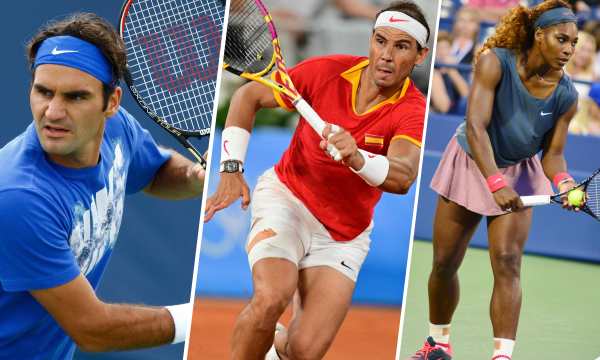
Federer-Nadal-and-Williams-(Source-Google)
Moments Signaling the Arrival of the New Generation
Tennis is in a constant cycle of renewal, with young talents challenging and eventually replacing established champions.
Carlos Alcaraz announced his arrival by defeating Nadal, Djokovic, and Zverev consecutively at the 2022 Madrid Open, showcasing a game that combines power and touch.
Iga Świątek took the throne in the women’s game after Ashleigh Barty’s retirement, consolidating a new era with her incredible consistency on all surfaces.
Jannik Sinner quickly evolved to become a constant threat in Grand Slams, with his daring baseline game.
Alexander Zverev’s victory against Djokovic at the Tokyo Olympics signaled that the Next Gen was finally ready to win significant titles.
Bianca Andreescu surprised the world by defeating Serena Williams in the 2019 US Open final, representing a generation unafraid of established legends.
Emma Raducanu made history by winning the 2021 US Open coming from the qualifying rounds, without losing a set throughout the tournament.
Bonus: How the ATP/WTA Rankings Work
The ranking system in tennis determines who are officially the best players in the world through a scoring method based on performance.
Points are distributed according to the importance of the tournament and the stage reached by the player, with Grand Slams offering up to 2000 points to the champions.
The ATP (Association of Tennis Professionals) and the WTA (Women’s Tennis Association) calculate the rankings based on results from the last 12 months, creating a rotating points system.
Players need to defend their points annually, losing those earned the previous year if they do not achieve similar results.
This ranking system determines the seeds in tournaments, protecting the best players from tough matchups in the early rounds.
Masters 1000, ATP 500, and ATP 250 tournaments make up the rest of the men’s calendar, while the WTA has WTA 1000, WTA 500, and WTA 250 events.
The ranking also defines who qualifies for the year-end tournaments, such as the ATP Finals and WTA Finals, which bring together only the top eight players of the year.
Points by Tournaments:
- Grand Slam: 2000 points (champion)
- Masters 1000/WTA 1000: 1000 points (champion)
- ATP/WTA 500: 500 points (champion)
- ATP/WTA 250: 250 points (champion)
- Challenger Tour: 80-125 points (champion)
- ITF Tour: 15-25 points (champion)
Final Considerations
Tennis continues to be an inexhaustible source of extraordinary moments that transcend generations and sports cultures.
From epic matches between Borg and McEnroe to current battles between Alcaraz and Sinner, the sport maintains its unique ability to create captivating narratives.
The historical richness of tennis lies not only in impressive numbers but in human stories of overcoming, resilience, and excellence.
As new talents emerge and records are broken, the legacy of this elegant and intense sport continues to renew itself.
For true fans, every serve, every rally, and every championship carries the potential to become the next unforgettable moment in a story that never stops being written.
FAQ
What was the longest Grand Slam final in history?
Who has the most Grand Slam titles in tennis history?
How is the greatest tennis player of all time determined?
What is the difference between ATP and WTA?
Why is Wimbledon considered the most prestigious tennis tournament?
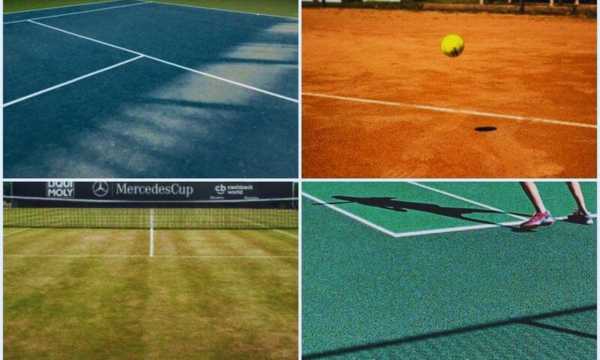 Tennis Courts: Understand the Advantage of Each Surface
Tennis Courts: Understand the Advantage of Each Surface
Believe it, tennis courts can completely transform your game! Keep reading! Ad Have you noticed how the same match can feel completely different depending on where […]
Keep reading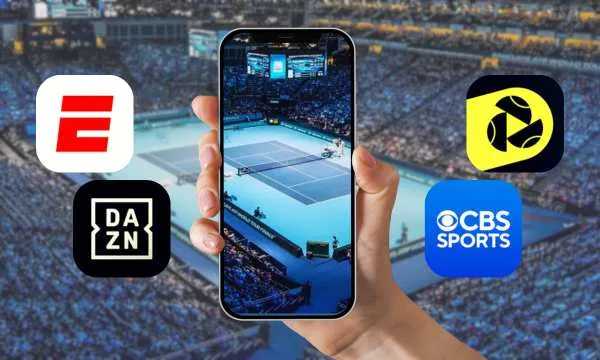 Top Apps to Watch Tennis Live on Android and iPhone
Top Apps to Watch Tennis Live on Android and iPhone
Watching tennis live on a phone has never felt so smooth, and the last month brought meaningful upgrades that make it even better. Ad With refined […]
Keep reading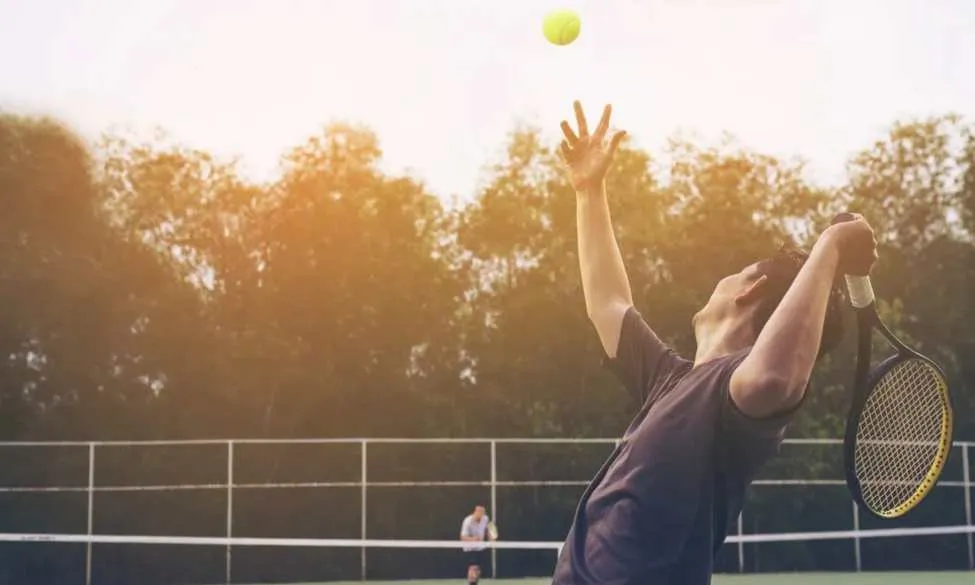 Learn How to Improve Your Tennis Serves with These Tips!
Learn How to Improve Your Tennis Serves with These Tips!
A reliable tennis serve multiplies your options on every point. It sets the tone, opens angles, and keeps opponents guessing. Ad Today, modern insights go beyond […]
Keep reading